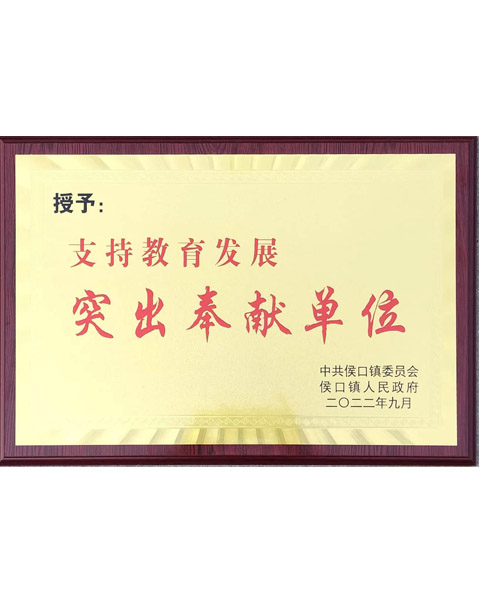Stainless Steel Pipe Couplings for Reliable Connections and Enhanced Performance in Plumbing Systems
Understanding Stainless Steel Pipe Couplings A Comprehensive Guide
Stainless steel pipe couplings are an essential component in various industrial and commercial applications, serving as connectors that join two pipe sections together. They contribute to the seamless flow of fluids and gases, ensuring the integrity and durability of piping systems. This article explores the types, benefits, applications, and considerations when using stainless steel pipe couplings.
What are Stainless Steel Pipe Couplings?
Pipe couplings are fittings that allow for the connection of two pipes, enabling the continuation of flow from one pipe into the next. Stainless steel couplings are particularly popular because of their strength, resistance to corrosion, and versatility. They come in various designs, including threaded, slip, and welded types, catering to different installation needs and environments.
Types of Stainless Steel Pipe Couplings
1. Threaded Couplings These are simple to install, requiring no special tools. They are typically used in low-pressure applications. Threaded couplings feature male and female threads that screw together, providing a secure connection.
2. Slip Couplings The slip coupling allows for the joining of pipes with a smooth, continuous transition. It is often used when pipes need to be aligned without any gaps. Slip couplings are ideal for repair jobs, enabling the replacement of damaged sections of pipes without complete disassembly.
3. Welded Couplings These couplings are permanently joined to the pipes through welding. This method provides a highly secure connection and is often used in high-pressure applications. Welded couplings can withstand significant stress and are suitable for environments where movement or vibrations may occur.
4. Reducing Couplings These fittings allow for the connection of pipes with different diameters. By accommodating varying sizes, reducing couplings ensure a smooth transition between pipes without compromising the flow rate.
Benefits of Using Stainless Steel Pipe Couplings
1. Corrosion Resistance Stainless steel is renowned for its ability to resist rust and corrosion, making it ideal for environments exposed to moisture, chemicals, or harsh weather conditions.
2. Durability Stainless steel is strong and can withstand high pressures and temperatures. This durability ensures that couplings maintain their integrity over time, reducing the need for frequent replacements.
3. Low Maintenance Due to their resistance to corrosion and wear, stainless steel couplings require less maintenance compared to other materials. This feature not only saves time and effort but also reduces operational costs.
4. Versatility Stainless steel pipe couplings can be used in a wide range of applications, including plumbing, oil and gas, food processing, and pharmaceuticals. This versatility makes them a preferred choice for many industries.
stainless pipe couplings

Applications of Stainless Steel Pipe Couplings
Stainless steel couplings are utilized in various sectors due to their advantageous properties
. Some common applications include- Water and Wastewater Treatment Their corrosion resistance makes them suitable for piping systems handling potable water and wastewater.
- Chemical Processing Stainless steel couplings are often employed in chemical processing plants due to their ability to handle various corrosive substances without deteriorating.
- Oil and Gas Industry The high strength and reliability of stainless steel couplings are crucial in high-pressure environments found in the oil and gas sector.
- Food and Beverage In food processing, sanitation is key. Stainless steel offers hygienic properties, making these couplings ideal for applications where cleanliness is paramount.
Considerations When Choosing Stainless Steel Pipe Couplings
When selecting stainless steel pipe couplings, several factors should be considered
- Pipe Size and Type Ensure the couplings match the pipe diameters and types to ensure a proper fit.
- Pressure Rating Choose couplings that can handle the pressure requirements of your system.
- Environment Assess the environmental conditions to select the appropriate grade of stainless steel, as different grades offer varying levels of corrosion resistance.
- Installation Method Consider how the coupling will be joined (threaded, welded, etc.) and choose accordingly based on the application.
Conclusion
Stainless steel pipe couplings play a vital role in the functionality and longevity of piping systems across various industries. Their strength, resistance to corrosion, and adaptability make them a top choice for engineers and technicians. By understanding the types, benefits, applications, and selection considerations for stainless steel couplings, one can make informed decisions that enhance the efficiency and reliability of piping systems.
-
Reliable Brake Line Solutions for Your VehicleNewsJun.05,2025
-
Quick Fix for Leaky Air Conditioning HosesNewsJun.05,2025
-
Powerful Sewer Jetting Solutions for Tough ClogsNewsJun.05,2025
-
Power Steering Hose Problems SolvedNewsJun.05,2025
-
Hose Protectors That Actually WorkNewsJun.05,2025
-
Essential Hose Connectors for Every HomeNewsJun.05,2025

